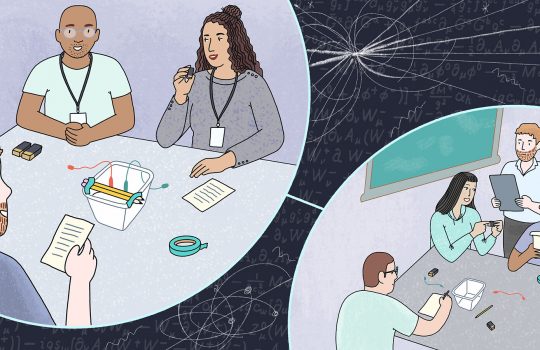Italiani in prima fila nella caccia al neutrino, l’illustre sconosciuto
From Avvenire, Jan. 19, 2021: Experiments around the world are working to solve mysteries to which neutrinos could hold the answer. Among them is the international Deep Underground Neutrino Experiment, hosted by Fermilab.


